How to Subscribe to a Webhook
To enable notifications, you have to subscribe to event(s) first.
This is done by calling the "subscriptions" endpoint:
API URL:
POST: https://yourproject.vouchery.app/api/v2.1/subscriptions
API REQUEST BODY:
In the request body, please provide:
- a list of event(s) you wish to subscribe to.
- a "callback_url" - which should be an HTTPS endpoint in your system where the event(s) will be delivered.
- Optionally: headers - in case your system requires that.
- Optionally: all_events - in case you want to subscribe to all possible Vouchery events.
- Optionally: custom_events - in case you want to use your own custom events.
Let's examine the following scenario:
"I want to be notified whenever a new customer is created, and my system requires custom headers"
-
In this case, we rely on one of the predefined vouchery event called 'customer_created,' which must be passed in our API call.
Full list of supported events can be found here: https://docs.vouchery.io/v2.1/docs/supported-events
-
Additionally we set "all_events" and "custom_events" to false as we want to be notified only on that specific event.
-
Finally, in the "headers" section, we have to pass our data that is required by our system to successfully receive a notification from Vouchery system.
{
"callback_url": "https://<your_server_url>",
"events": [
"customer_created"
],
"all_events": false,
"custom_events": false,
"headers": {"Authorization":"Bearer_example_token"}
}
where:
| Property | Description |
|---|---|
| callback_url | Is the url that will be invoked when an event occurs |
| events | Predefined Vouchery event(s) https://docs.vouchery.io/v2.1/docs/supported-events or a custom event(s). |
| all_events | if set to true, you will be subscribed to all predefined events that are shipped by Vouchery, if you do not pass anything in the “events”. |
| custom_events | If set to true, you will subscribe to all custom events passed in the “events”. |
| headers | Data required for authorization |
In the response, you will receive a subscription "id" along with some additional parameters such as "created_at" and "updated_at".
The "id" - of the subscription is returned in the response and can be used to delete the subscription.
Updated over 1 year ago
